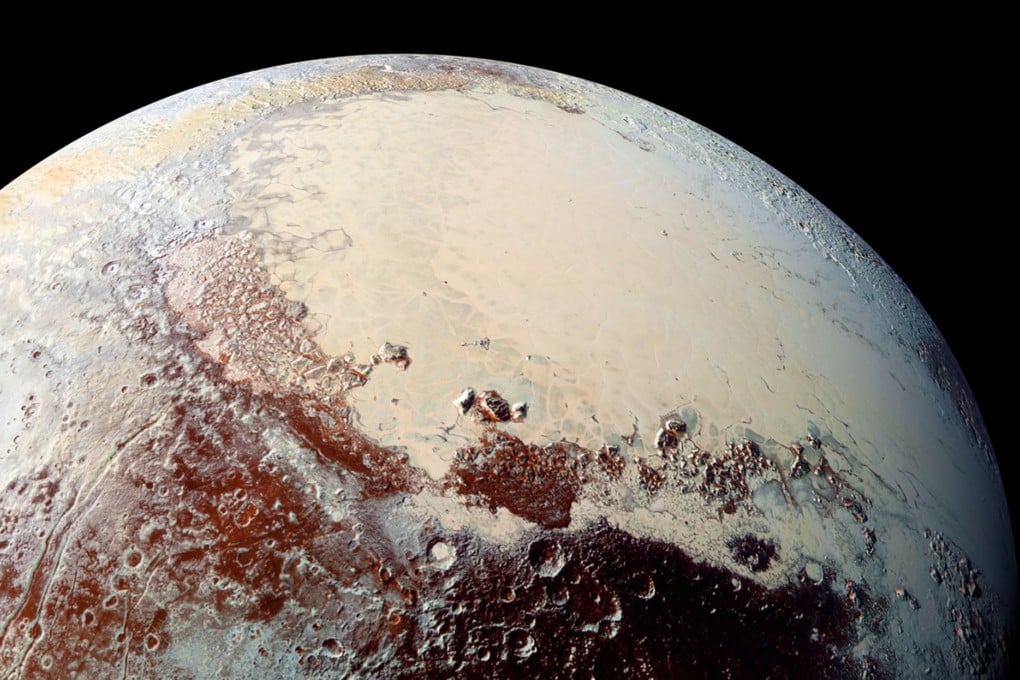Nasa's New Horizons probe paints most detailed picture yet of Pluto's spectacular landscape
New Horizons probe offers most detailed picture yet of the dwarf planet's spectacular landscape

The moment Pluto was transformed from a fuzzy spot on the edge of the solar system to an exotic world with a spectacular landscape will be recorded by historians as July 15, 2015.
When Nasa's New Horizons spacecraft barrelled past Pluto the day before, it became the first mission to visit the object. A day later, the probe made contact with the earth. Since then, scientists on the team have released one breathtaking image after another, revealing vast, smooth plains, towering ice mountains and a blue haze of hydrocarbons.
Watch: New Horizons days away from historic fly-by past Pluto
In a report published in on Thursday, the researchers paint their most detailed picture yet of Pluto, from data beamed back from the distant probe more than 7.2 billion kilometres away.
"We went from having images that were maybe three pixels across to images thousands of pixels across, so we are essentially seeing Pluto for the first time in terms of its landscapes and geological story. It's completely new and completely spectacular," said John Spencer, a member of the science team at the Southwest Research Institute in Boulder in the US state of Colorado. "We are seeing a surface unlike any planetary surface we've ever seen before."
New Horizons happened to capture images of what must be one of the most remarkable features on Pluto. The bright, smooth region named Sputnik Planum is a plain of frozen nitrogen that covers hundreds of kilometres. There are no craters in the region, leading scientists to think it is no more than 100 million years old. From the east, nitrogen glaciers pour into the plain. On the west, what appear to be water icebergs have piled up into a mountainous heap.
"The best idea we have is that they are water icebergs which are being dislodged from the crust which we think is mostly water ice, and somehow tilted and upended and jostled around to produce these mountains," said Spencer. On Pluto, nitrogen freezes into a soft, mushy substance in which water ice floats. "It would be like floating in blancmange," he said.
